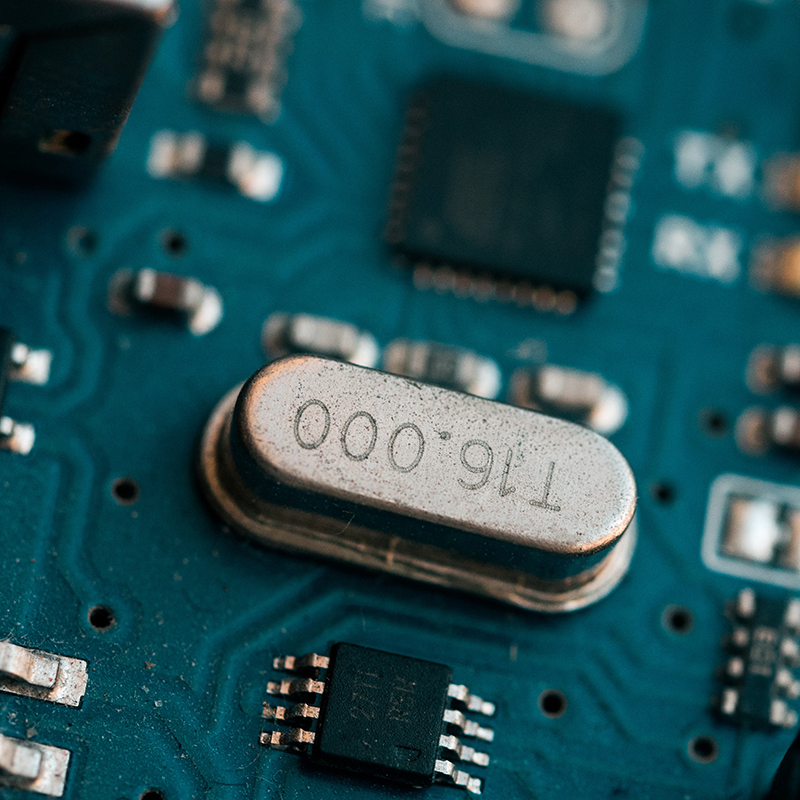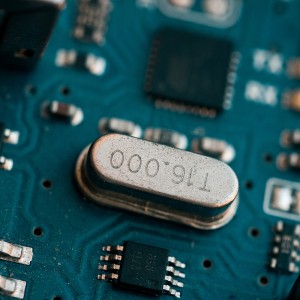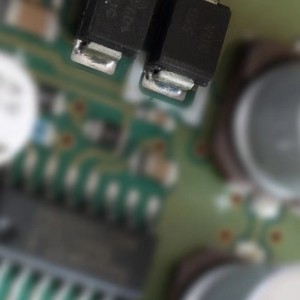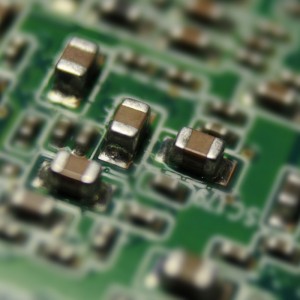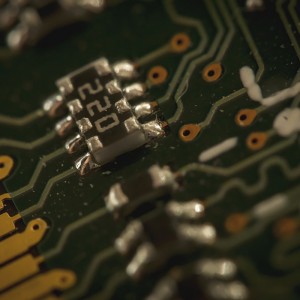Crystals, Oscillators, Resonators Distributor with
About This Item
An electronic oscillator is an electronic circuit that produces a periodic, oscillating electronic signal, often a sine wave or a square wave or a triangle wave. Oscillators convert direct current (DC) from a power supply to an alternating current (AC) signal. They are widely used in many electronic devices ranging from simplest clock generators to digital instruments (like calculators) and complex computers and peripherals etc.[3] Common examples of signals generated by oscillators include signals broadcast by radio and television transmitters, clock signals that regulate computers and quartz clocks, and the sounds produced by electronic beepers and video games.[1]
Oscillators are often characterized by the frequency of their output signal:
A low-frequency oscillator (LFO) is an electronic oscillator that generates a frequency below approximately 20 Hz. This term is typically used in the field of audio synthesizers, to distinguish it from an audio frequency oscillator.
An audio oscillator produces frequencies in the audio range, about 16 Hz to 20 kHz.[2]
An RF oscillator produces signals in the radio frequency (RF) range of about 100 kHz to 100 GHz.[2]
In AC power supplies, an oscillator that produces AC power from a DC supply is usually called an inverter. Before the advent of diode-based rectifiers, an electromechanical device that similarly converted AC power to DC was called a converter,[4] though the term is now used more commonly to refer to DC-DC buck converters.
There are two main types of electronic oscillator – the linear or harmonic oscillator and the nonlinear or relaxation oscillator.[2][5]
Crystal oscillators are ubiquitous in modern electronics and produce frequencies from 32 kHz to over 150 MHz, with 32 kHz crystals commonplace in time keeping and the higher frequencies commonplace in clock generation and RF applications.

